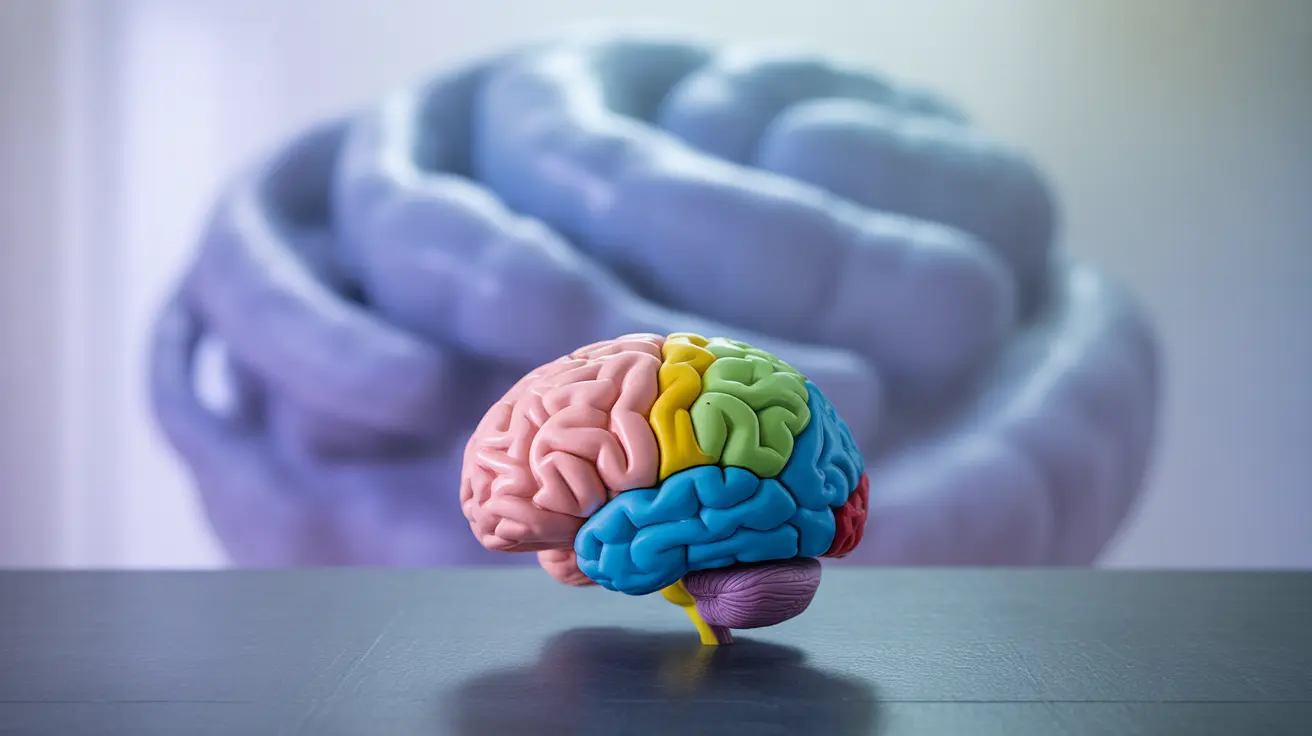Spider phobia, also known as arachnophobia, is one of the most common specific phobias affecting people worldwide. While many individuals feel uneasy around spiders, those with spider phobia experience an intense, irrational fear that can significantly impact their daily lives and mental well-being.
Understanding this condition is crucial for both those affected and their loved ones, as proper diagnosis and treatment can lead to significant improvement in quality of life. This comprehensive guide explores the symptoms, causes, diagnosis, and effective treatment approaches for spider phobia.
Understanding Spider Phobia and Its Impact
Spider phobia goes beyond a simple dislike or natural wariness of spiders. It's characterized by an overwhelming fear response that can trigger severe anxiety symptoms even at the mere thought of encountering a spider. This fear can lead to avoidance behaviors that may restrict activities and affect personal and professional life.
Physical and Emotional Symptoms
People with spider phobia typically experience a range of physical and emotional symptoms when confronted with spiders or even images of them:
- Rapid heartbeat and breathing
- Sweating and trembling
- Nausea or dizziness
- Chest tightness
- Intense anxiety or panic attacks
- Immediate flight response
- Crying or freezing in fear
Root Causes and Risk Factors
Spider phobia can develop through various mechanisms:
- Traumatic experiences involving spiders
- Learned behavior from family members
- Cultural influences and media representation
- Evolutionary survival instincts
- Genetic predisposition to anxiety disorders
Diagnostic Criteria and Assessment
Mental health professionals use specific criteria to diagnose spider phobia and distinguish it from normal fear. The fear must be:
- Persistent and excessive
- Immediate and intense
- Disproportionate to actual danger
- Lasting for six months or more
- Causing significant distress or functional impairment
Evidence-Based Treatment Approaches
Cognitive Behavioral Therapy (CBT)
CBT is a primary treatment option that helps individuals understand and modify their thoughts and behaviors related to spiders. This approach includes challenging irrational beliefs and developing coping strategies.
Exposure Therapy
Systematic exposure therapy gradually introduces individuals to spider-related stimuli in a controlled environment, helping them build tolerance and reduce fear responses over time.
Virtual Reality Treatment
Modern technology offers innovative solutions through virtual reality exposure therapy (VRET). This method provides a safe, controlled environment for confronting fear while maintaining the effectiveness of traditional exposure therapy.
Self-Help Strategies and Coping Mechanisms
Several self-help techniques can complement professional treatment:
- Relaxation techniques and deep breathing exercises
- Mindfulness and meditation practices
- Education about spiders and their benefits
- Gradual self-exposure to spider images or videos
- Support group participation
Frequently Asked Questions
What are the common symptoms of spider phobia (arachnophobia)?
Spider phobia symptoms include intense anxiety, panic attacks, rapid heartbeat, sweating, trembling, and immediate avoidance behavior when encountering spiders or spider-related stimuli. These reactions can occur even when seeing pictures or videos of spiders.
What causes someone to develop a spider phobia?
Spider phobia typically develops through traumatic experiences, learned behavior from family members, cultural influences, or evolutionary survival instincts. Genetic factors and a predisposition to anxiety disorders can also contribute to its development.
How is spider phobia diagnosed and distinguished from normal fear of spiders?
Mental health professionals diagnose spider phobia when the fear is excessive, persistent, and causes significant distress or functional impairment. The fear must be disproportionate to actual danger and last for at least six months to meet diagnostic criteria.
What treatment options are available and most effective for overcoming spider phobia?
The most effective treatments include cognitive behavioral therapy (CBT), systematic exposure therapy, and medication when necessary. These approaches can be used individually or in combination, depending on the severity of the phobia and individual needs.
Can virtual reality therapy help with spider phobia, and how does it compare to traditional exposure therapy?
Virtual reality therapy is an effective treatment option that offers controlled exposure to spider-related stimuli in a safe environment. Studies show it can be as effective as traditional exposure therapy while providing additional benefits such as greater control over the exposure process and increased patient comfort.




